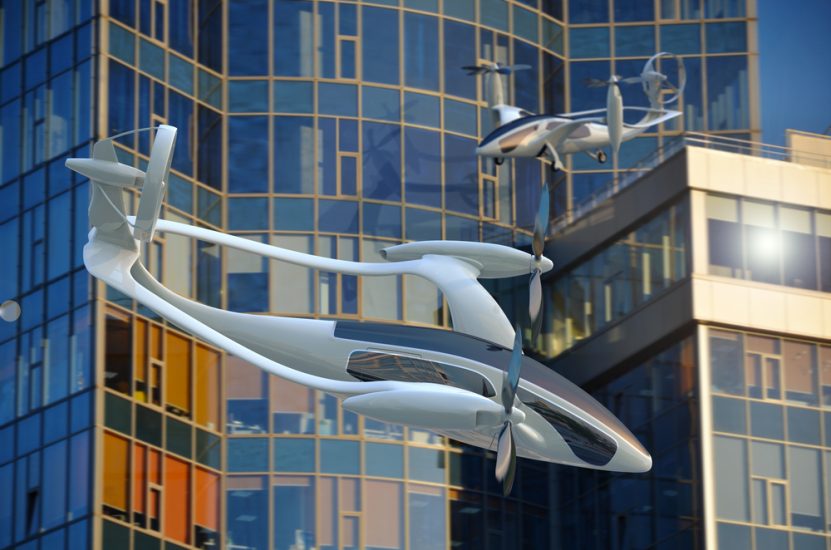“There is a lack of understanding and commonality around expected use of Uncrewed Aircraft Systems (UASs) Unmanned Aircraft System Traffic Management (UTM) for initial operations – whether required for safety, efficiency, or not at all – and progress will occur faster if the international community has common expectations,” is one of the key conclusions of a report which has just been made public by the International Forum for Aviation Research (IFAR)’s working group on Urban Air Mobility (UAM), a group which includes NASA, JAXA, ONERA, DLR and KARI.
In terms of the particular gaps in understanding of UTM procedures for urban air mobility initial operations the research organisations made the following observations:
“The UAM airspace structures, procedures, and definitions (such as enabling the use of corridors) require development and description to enable scalable operations. The UAM separation requirements are not currently standardized, and therefore will need to be researched and defined to support UAM operations. Technology, methods, and data structures for intent sharing must be defined for UAM operations. While lessons learned from UTM can be leveraged, there are significant differences for higher altitude and passenger-carrying operations that may imply different risk ratios for ANSPs. Identification of other data services, such as weather data for the urban canyon, must be outlined along with information exchange protocols. Alongside the development of intent sharing methods and other data, a comprehensive system architecture that can be applied across the globe may be required to ensure that operations can occur effectively across nations. Additionally, roles and responsibilities between different UAM ecosystem entities should be defined for varying levels of automation (including UAS and Remotely-piloted Aircraft Systems (RPAS) operations) to enable long-term UAM operations.”
Other conclusions on UAM progress in the report are:
“ The UAM industry currently has clear leaders with diverse international affiliations, use cases, and aircraft configurations. There is no clear way to authoritatively identify the first location, use case, or organization that will achieve a particular capability, but current expectations can be put on a timeline (such as the expectation of piloted operations occurring before autonomous operations). Piloted UAM operations leveraging much of existing regulatory structures will occur first, but solutions to remotely-piloted configurations and general automation technologies must be worked in parallel for such operations to scale. For UAM operations to scale, common technologies necessary for step changes to both piloted and remotely piloted operations require more emphasis across technology development and regulatory structures. The relationship and potential to leverage the small uncrewed aircraft system (sUAS) development and operation to benefit UAM is not entirely clear. Certification programs are in work across many nations, and some regulatory environments will be friendlier than others. National assessments of economic, certification, societal, and other issues are fairly common, but there is little public information concerning international perspectives and implications.“
For more information
https://ifar.aero/attachments/article/57/ifar-scientific-assessment-for-uam.pdf
(Image:Shutterstock)




